The Great Wall
We begin with China’s most famous and worldwide recognized treasure: The Great Wall. Who hasn’t heard of it before? Yearly, it attracts millions of people all around the globe. In essence, it is a series of fortified walls built across northern China to protect the Chinese empires against nomadic groups. Many of these walls were built in the 7th century BC by ancient Chinese states; these were soon joined together by the first Emperor of China, Qin Shi Huang.
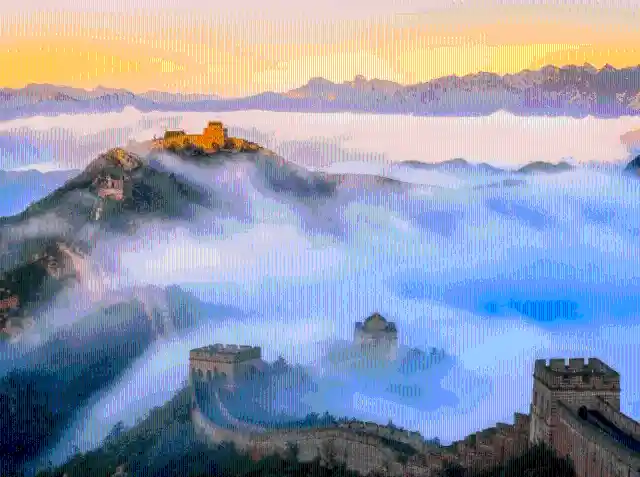
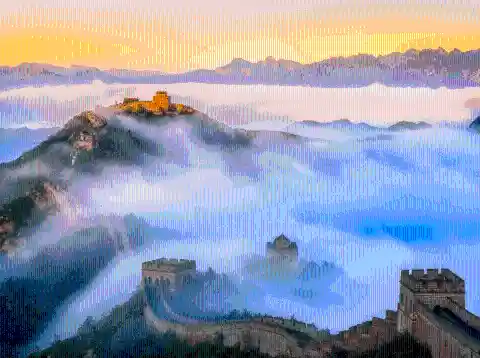
Little of what Qin built still stands today, considering several parts of the Great Wall have crumbled. Other than serving the defense purpose, the Great Wall allowed for duties to be placed upon goods that came from the Silk Road. With border control and regulation of trade, this historical wonder also allowed for migration control.
Wulingyuan
Wulingyuan is an area known for its scenic and historical value. It stretches over the Hunan Province, encompassing about 26,000 acres and is characterized by its 3,000 sandstone pillars that can reach up to 200 m high. Between these peaks, we find different natural landscapes; ravines, gorges with water, pools and waterfalls, caves and natural bridges. Not only is it full of vegetation, but it also houses several endangered species.
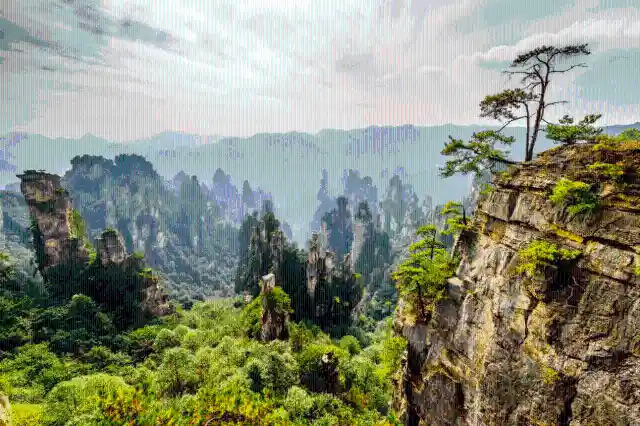
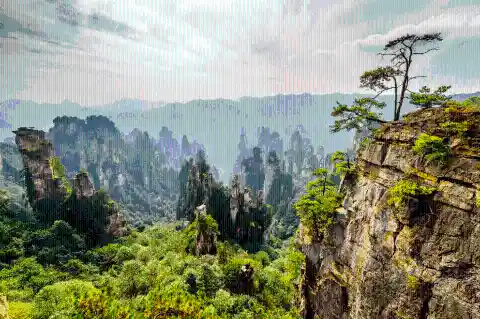
Examples of the endangered animals that live on this beautiful island of nature are the Asian black bear and the Chinese water deer. Given all of its unique elements concentrated in one area, Wulingyuan is a place that attracts many tourists. Unfortunately, this brings about numerous tourist facilities that have an arguably negative impact on the aesthetic of this beauty.
China Danxia
China Danxia is a landform of a unique rock formation in terms of its topography. These are found all around China: in the southeast, southwest and northwest. The cliffs here are steep and famous for their red-colored sandstones that were mostly formed during the Cretaceous age. Alongside the red cliffs, you’ll find natural pillars, towers, ravines, valleys and waterfalls.


China Danxia is an extraordinary example of natural beauty and a natural phenomenon. You can break it down into components based upon how eroded they are. Some of these are said to be “young” while others are “mature” or “old age.” Each component thus has characteristic geomorphologic features depending on its state.
The Tulou Houses of Fujian
Built between the 15th and 20th centuries, the Tulou Houses are a property consisting of 46 buildings that take up about 120 km in the southwest province of Fujian province. The houses are built in an inward-looking circular floor plan with the purpose of serving as a defense construction with only one entrance on the first floor.
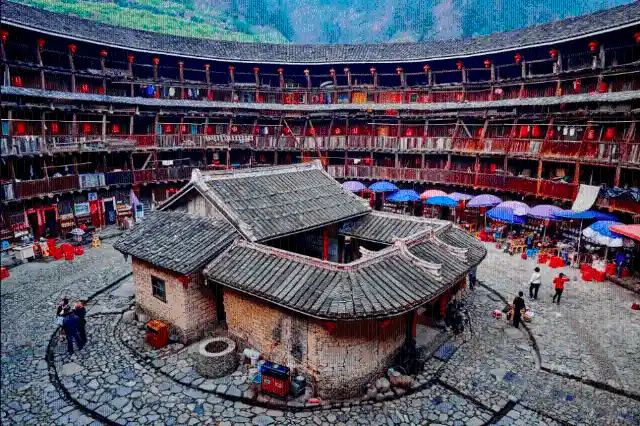

The walls are made out of fortified mud while the roofs are tiled. Set on fertile mountains, they are a reflection of Chinese communal society. They are a reflection of the technology, culture, emergence and innovation developed by a sophisticated society. The interiors are elaborate and highly decorated, which are meant to serve both the inhabitants’ spiritual as well as physical needs. The landscape’s relationship with the Tulou houses is a prime example of Feng Shui principles, which are based upon harmony.
Honghe Hani Rice Terraces
You probably know that Chinese people enjoy eating rice. It is a vital component in their dishes, and their rice terraces can attest to that. The Honghe Hani Rice Terraces are not just any rice terraces; they are a cultural landscape. Covering around 16,603 acres in Southern Yunnan, they cascade down the Ailao Mountains down to the Hong River. For hundreds of years, the Hani people have perfected the complex system that brings water to each of these mountainous terraces.
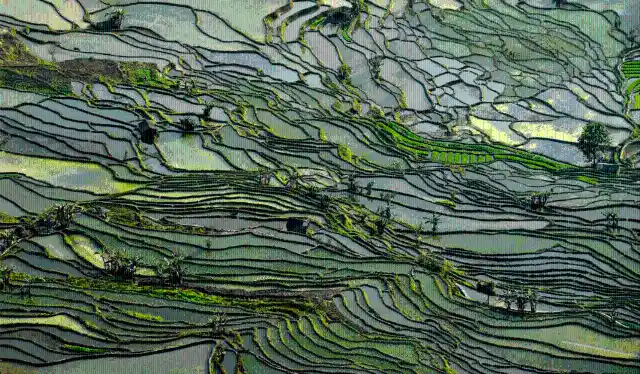
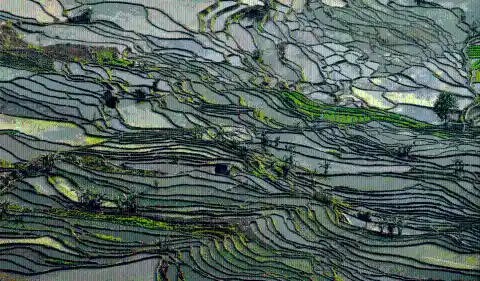
You probably thought that the only thing you can find here is rice plantations. However, you would be surprised to hear that the Hani people have created an environment that houses buffalos, cattle, ducks and eels. The main production in these rice terraces is red rice. The inhabitants of the area live in 82 villages between the forests on the mountain and the terraces. They are people that venerate the natural environment, that is, the sun, moon, rivers, mountains and forests.
Ancient Building Complex In The Wudang Mountains
The Wudang Mountains are located in the northwest of Hubei, China. They are small mountain range filled with Taoist temples and monasteries all associated with the deity Xuanwu, a powerful god that can control the elements and in possession of great magic. The palaces and temples that you find in this building complex boast architectural and artistic achievements of the Ming and Qing dynasties. Today, 53 ancient buildings and 9 architectural sites are still standing.

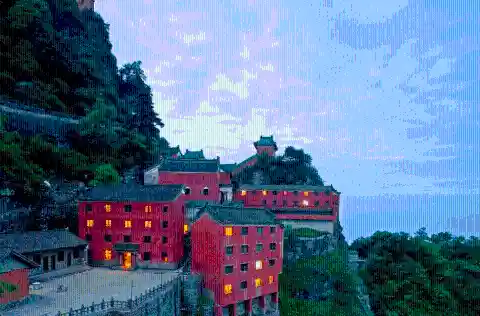
The complex in the Wudang Mountains shows the highest level of Chinese architecture that was achieved throughout 1,000 years; there are examples of religious and secular structures that are related to the growth of Taoism and the extreme wealth of the Emperors. Consequently, these buildings are vital for us to gain a better understanding of Chines politics, history and religion.
Mount Qingcheng and the Dujiangyan Irrigation System
The Chinese are known for their amazing skills in building irrigation systems. It is no wonder then how the Dujiangyan Irrigation System, located by the Chengdu flatlands, is an ecological engineering feat. It uses the topography of the area to solve issues of water flow for irrigation, flood control and drainage sediment. In the present day, the system is made up of two parts, the Weir Works and the irrigated area.
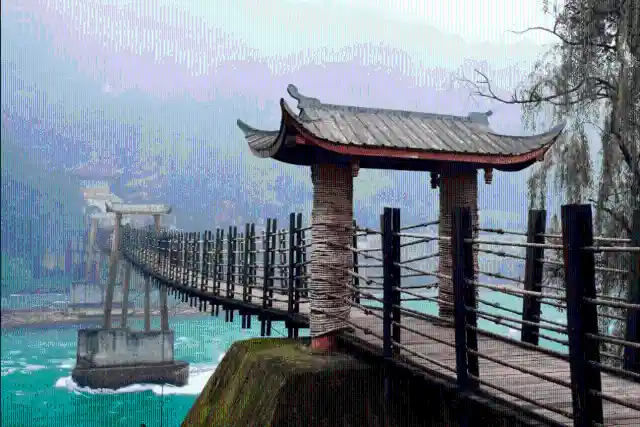
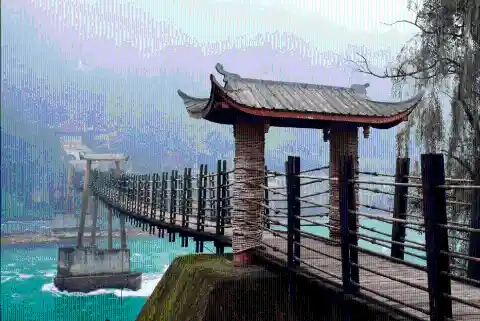
There are three components to the Weir Works that manage the water: the Yuzui Bypass Dike, the Feishayan Floodgate and the Baopingkou Diversion Passage. The system that was built around 256 BC has been perfected so that it irrigates around 688,700 acres of farmland. Mount Qingcheng is a mountain in Chinese history that takes up most of the Chengdu plains and lies south of the Dujiangyan Irrigation System. The mount has various temples essential to the teachings of Taoism.
Mount Wutai
Mount Wutai, also known as Wutaishan and Mount Qingliang, is a cultural landscape and sacred Buddhist mountain with five flat peaks. Among its 53 monasteries, the East Main Hall of the Fo Guang Temple is found here, famous for being the highest surviving building made out of timber. Mount Wutai is one of the Four Sacred Mountains found within Chinese Buddhism. Wutai is the home to the Bodhisattva of wisdom; Bodhisattva meaning a person that is in the path towards Buddhism.


The Bodhisattva is said to appear on the mountain, taking the form of different ordinary pilgrims, monks, or colored clouds. Another significant temple is the Nanshan temple, which was first built in the Yuan Dynasty. This large temple is made out of seven terraces divided into three parts. There are three that are lower, a middle terrace, and then three that are upper. Other major temples are the Xiantong Temple and the Tayuan Temple.
Hongcun Village
The Hongcun Village is in the Yi County, in the historical region of Huizhou in the southern Anhui province in China. This small village is perfect for those that want to see the old Ming and Qing courtyards, perfectly preserved and filled with activities one can enjoy, such as sightseeing, walking and dining, or shopping some traditional souvenirs.
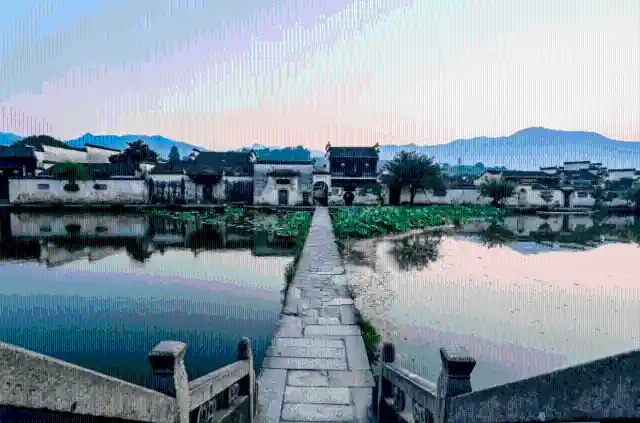
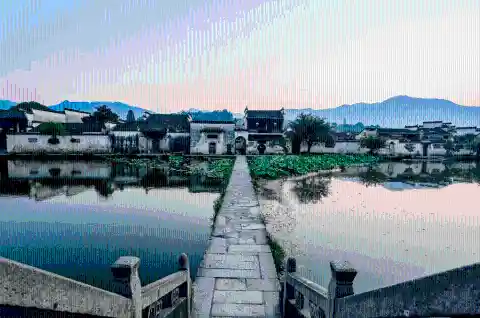
The village is arranged in the shape of an ox, with two nearby trees portrayed as the horns. The lakes around the area as interpreted as being the internal organs and the Jiyin stream represents the intestines. You can find around 150 residences with beautiful architecture that date back to the Ming and Qing Dynasties. Hongcun also has an amazing water system, which allows water to flow all throughout the city.
Monuments of Dengfeng
Dengfeng was one of the earliest capitals of China, however, its exact location is unknown. It is now estimated to have laid around the area of Mount Shaoshi and Mount Taishi. The two peaks then became known as “the center of heaven and earth”. The historical monuments of Dengfeng are thus referred to as being in this center, and within it, lay some of the best examples of Chinese culture, technology and ritual.
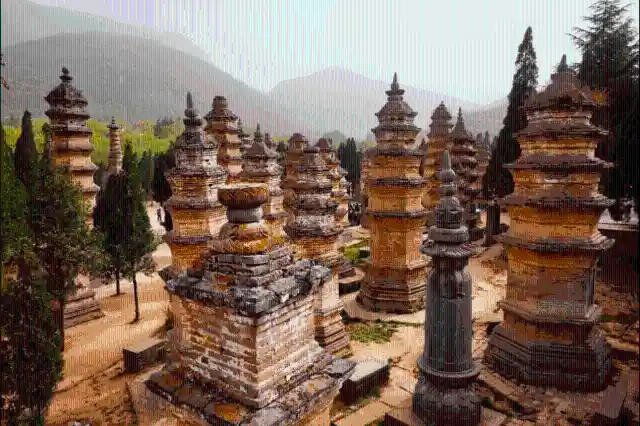
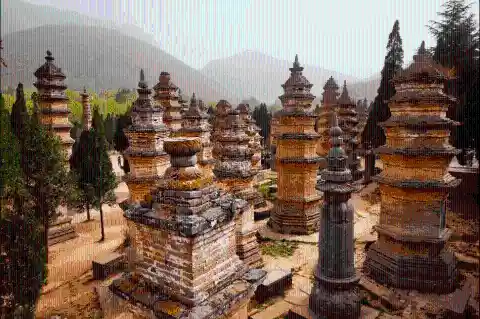
Amongst the monuments you can find here, we have the Zhongyue Temple, which is listed as a key national temple of Taoism, the Dengfeng Astro Observatory, located at Gaocheng Town and the largest observatory in China, and the Songyang Academy of classical learning located at the foot of Songshan Mountain, which yields a beautiful view of the landscape beyond.
Historic Center of Macao
Chinese sovereignty took over Macao in 1999, after centuries of Portuguese rule. Given the fusion of cultures, Macao is a historic center that has residential, religious and public buildings of the Portuguese and of the Chinese and thus provides a unique insight into the meeting of the aesthetics and culture of the East and the West. The center also contains the oldest lighthouse in China, as well as a fortress.
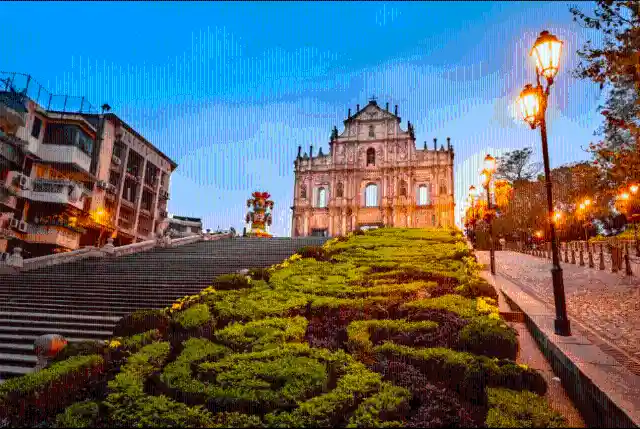
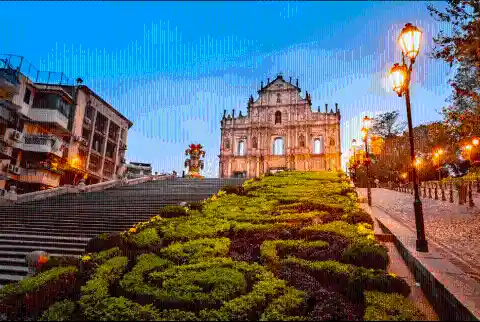
A lucrative port, Macao was based on a vibrant trade scene; it was one of the earliest places to have long encounters between China and the West. The property has a group of 22 main buildings, along with public spaces that show us the structure and culture of the port city. The typical European port characteristics are the public squares blending into the heavily packed meandering streets, while the Chinese aspect is seen mostly in the decorative aspect.
Imperial Palaces of the Ming and Qing Dynasties
As the name suggests, these imperial palaces were the residences of the emperors of the Ming and Qing Dynasties, ruling from the 15th century to the 20th century. The huge buildings were built between 1406 and 1420 and are located in Beijing. The whole complex is known as the Forbidden City, which at the center of the Chinese capital.


The layout of these palaces is based on the traditional Chinese spatial arrangement of the urban environment. There is a central axis, a symmetrical design of the outer court and the inner court at the back, and the addition of landscaped courtyards. As a model of architectural hierarchy, these palaces served as an inspiration for the architecture that followed the Qing Dynasty for over a span of 300 years.
Potala Palace
Built on the Red Mountain, the Potala Palace is a complex that consists of the White and Red Palaces, alongside their ancillary buildings. It stands at an altitude of 3700 meters. The Potala Palace was the winter palace of the Dalai Lama (the spiritual leader of the Tibetan people). It is no wonder thus why it became a symbol of Tibetan Buddhism. The White palace had the main ceremonial hall where the throne of the Dalai Lama sat.

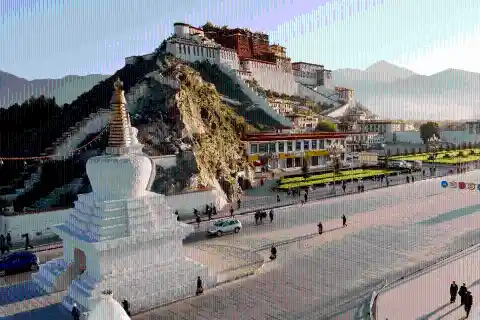
Imagine a palace with 10,000 painted scrolls, 698 murals, countless sculptures, beautiful carpets, porcelain, jade, fine objects made out of both silver and gold, a huge collection of sutras and historical documents, that is the Potala Palace. Near the Red Palace lay the burial stupas of past Dalai Lamas. Meanwhile, west of the Red Palace is the private monastery of the Dalai Lama.
Mountain Resort in Chengde
Also known as Ligong, the Mountain Resort in Chengde is a large complex consisting of palaces and gardens that blend into the surrounding natural landscape. Boasting with rich architecture and plenty of beautiful pasturelands, lakes and forests, the Mountain Resort is a culmination of the large variety of gardens, temples and palaces of the different regions of China.
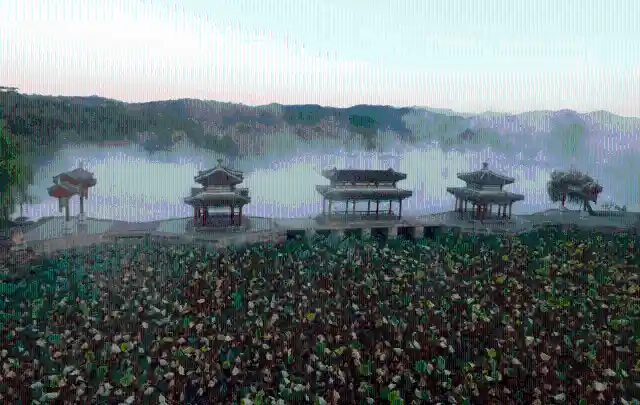
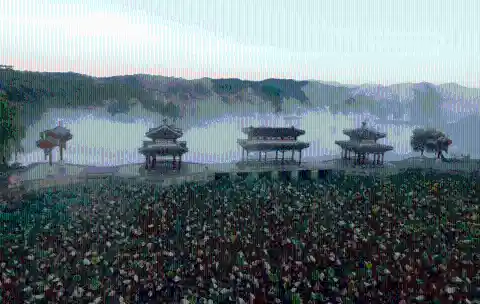
Given its size and magnificence, it is no wonder that the Mountain Resort took 89 years to complete. It covers an area of 5.6 square kilometers, which is almost half of Chengde’s urban area. The Mountain Resort is best known for the 72 scenic spots named by the Kangxi and Qianlong emperors. Several of these were inspired by famous gardens in Southern China.
Lijiang
Located in the northwest of Yunnan province, Lijian is a prefecture-level city in China. It sits high on the mountains and it has a spectacular ancient water system that to this day, still feeds the canals and channels. The old town adapted perfectly to the uneven topography and like other parts of China, it maintained high levels of authenticity. Its architecture is a blend of several cultures.
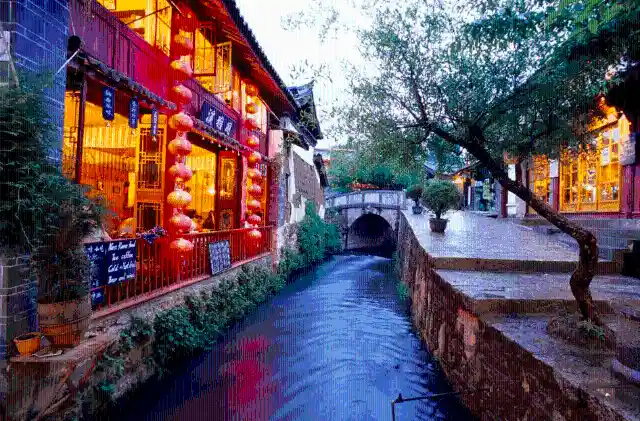
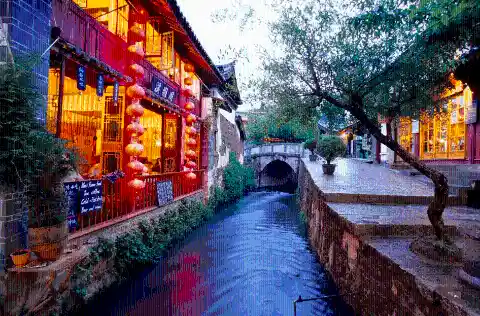
Starting from the 12th century, the town of Lijiang was a key area for imported goods distribution and trade between Sichuan, Yunnan and Tibet. This is where the famous Silk Road joins the ancient Chama Roads. Given this trading aspect, Lijiang became an important center for the exchange of culture and technology between different ethnic groups such as the Han, the Naxi, the Tibetan and the Bai.
Sichuan Giant Panda Sanctuaries
When we think about pandas, we immediately associate them with China. After all, that’s where most of the bamboo is. The Sichuan Giant Panda Sanctuaries and comprised of seven nature reserves and eleven scenic parks. They cover an area of 924,500 acres and are surrounded by a buffer zone of 527,100 ha. These sanctuaries are home to a whopping 30% of the world’s panda population. Being an endangered species, it is easy to see why these sanctuaries are protected.


While pandas are the main characters, these sanctuaries are also home to other species such as the red panda, the snow leopard, and the clouded leopard. Without counting the tropical rainforests, they are the richest botanically sites of any region in the world, housing about 5,500 species of flora. Here, there have been 365 bird species recorded, 300 of which are locally bred. With so much life, the property is extremely valuable as a gene pool for medicinal plants.
Mausoleum of the First Qin Emperor
Probably the second most famous symbol of Chinese culture and heritage, the Mausoleum of the First Qin Emperor, located in Lintong District, Shaanxi province, is the tomb of Emperor Qinshihuang, who was the first to unify an empire in China during the 3rd century BC. The first unifier rests buried surrounded by the terracotta warriors, which, with their own weapons and chariots, are all different and thus represent an outstanding example of realism.

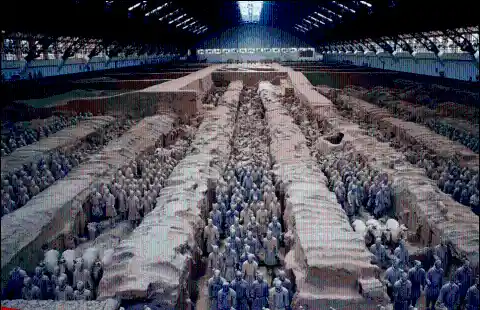
As the first unifier, this tomb is the largest in all of China. The grave mound began in 246 BC and it is accompanied by almost 200 pits that all contain the famous size terracotta soldiers, horses and bronze chariots and weapons. The sculptures vary in height according to their roles, the generals being the tallest. With the detail and magnitude of this mausoleum, it is concluded that the Qin Dynasty had unprecedented political, military, and economic power; all topped with a highly advanced and skilled society.
Gardens of Suzhou
There is no better place to go other than to the Gardens of Suzhou if you are trying to catch a glimpse and then immerse yourself in classical Chinese garden design. These gardens attempt to create a natural landscape but on a miniature scale and they are generally considered the masterpiece of that genre. The gardens date as far back to the 6th century BC, and as many Chinese creations, they portray deep metaphysical importance of nature´s beauty within Chinese culture.

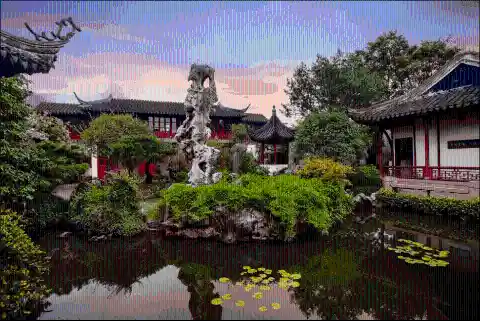
The private gardens came as an inspiration from the royal hunting gardens. In the present day, more than 50 of these gardens stand strong, among them, we have the Lingering Garden, the Net Master’s Garden, the Lion Grove Garden, the Garden of Cultivation and the Retreat and Reflection Garden. These representations of nature and men coming into harmony are understood as the finest embodiments of Chinese “Mountain and Water” gardens.
Kaiping Diaolou and Villages
A multi-storeyed defensive village, the Kaiping Diaolou and Villages stand as a fusion between Chinese and Western architecture, in both structure and decorative form. Diaolou is the name given to fortified towers in a village and there are 4 groups of these in Kaiping. There are 3 forms in which these buildings can take: communal towers, residential towers, and watchtowers.
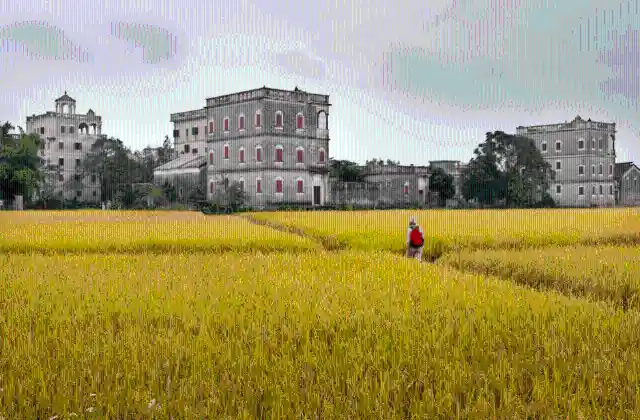
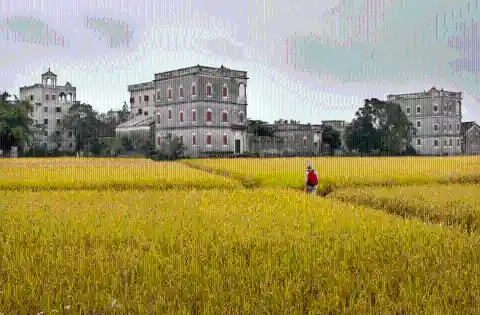
The communal towers were built by many families and were used as a place of temporary refugee, the residential towers were built by individual wealthy families and were used as fortified residences, and lastly, the watchtowers. All of these were built from stone, brick, or concrete. Their structure and form maintain a harmonious relationship with the landscape and environment; the Diaolou symbolize the flowering of local building traditions that began in the Ming period.
Ping Yao
Founded in the 14th century, Ping Yao is an amazingly preserved city. As if frozen in time, visitors can stroll around the streets and experience the traditional Han Chinese city. With the 4000 shops and traditional houses, you wouldn’t believe that this city still stands today with architecture that transcended centuries. One should pay particular attention to the astounding buildings associated with banking, for which Ping Yao was known for during the 19th and early 20th century.

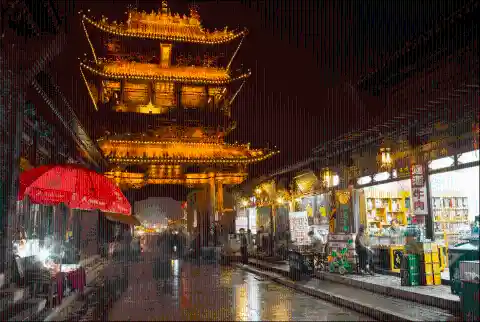
Ping Yao covers around 225 acres; the ancient city is a complete and complex compound filled with ancient walls, shops, dwellings and temples. By studying Ping Yao we gather a great understanding of the architectural style of the Han cities that were built throughout five centuries. Ping Yao’s development was greatly owed to its prosperity; for it was the financial center for the whole of China.
Longmen Grottoes
The Longmen Grottoes, also known as the Longmen caves, are located in the Yi River, Luoyang. They are one of the finest examples of Buddhist art and they take up more than 2300 caves and niches carved into limestone cliffs. If you ever have the opportunity to visit these caves, you’ll find yourself with almost 110,000 Buddhist stone statues, around 60 stupas (mound-like structures for meditation), and 2,800 inscriptions carved on stele (stone wooden slabs).
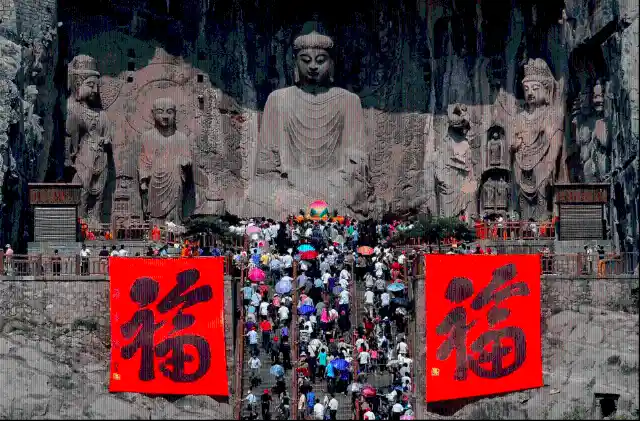
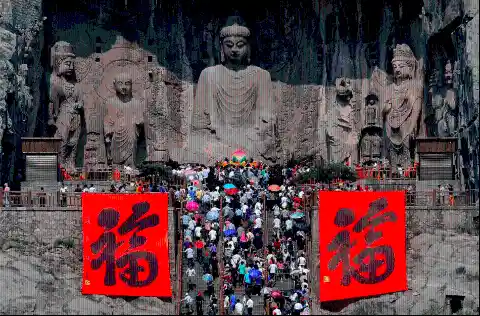
This Chinese art dates back to the late Northern Wei and Tang Dynasties (316-907). They are entirely dedicated to the Buddhist religion and show the highest point of Chinese carving. The earliest caves were carved in the late 5th and early 6th century in the West Hill cliffs; these include Guangdong and the Three Binyang Caves. The sculptural styles we find these caves had a huge influence both within and outside the country.